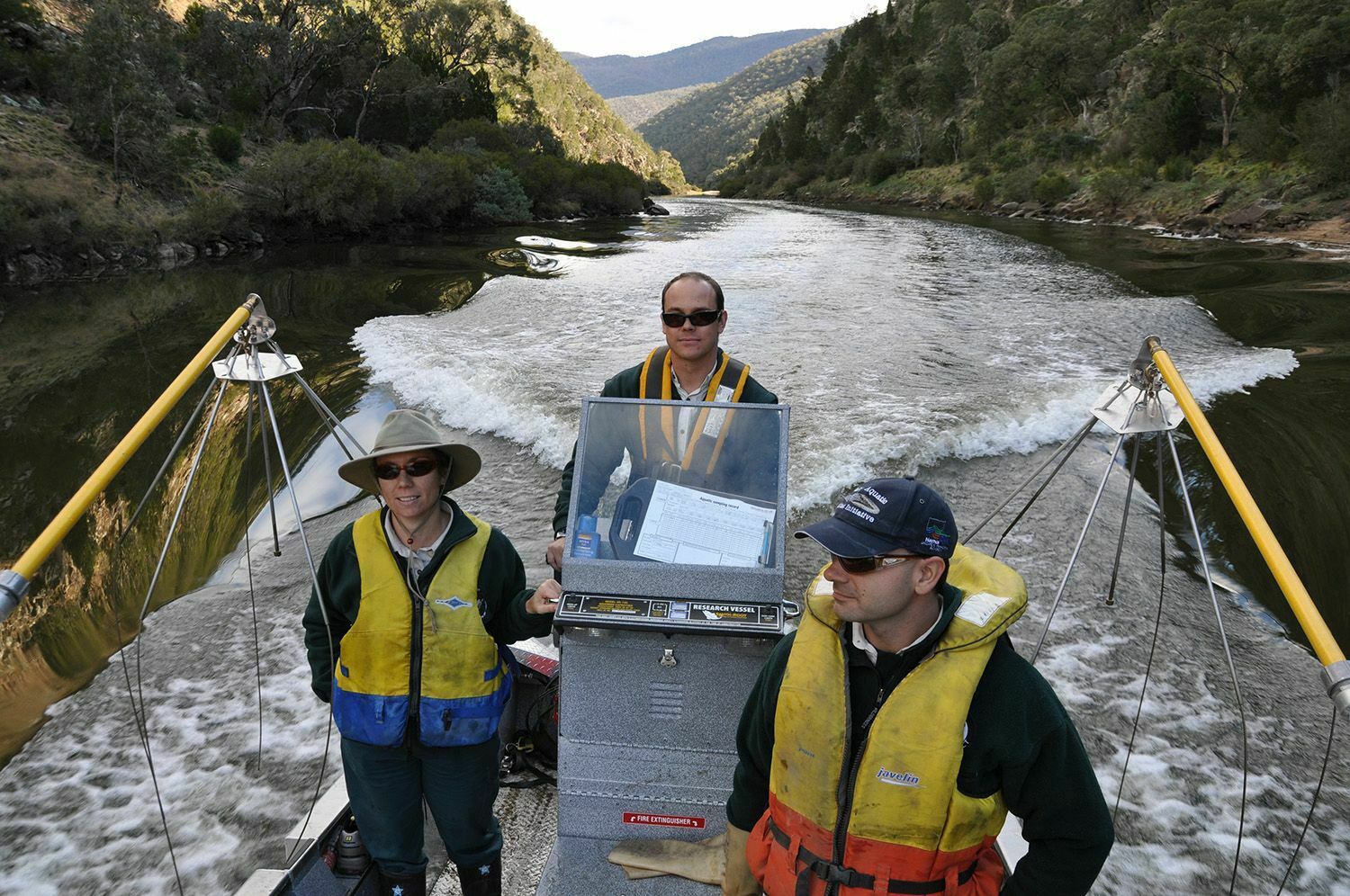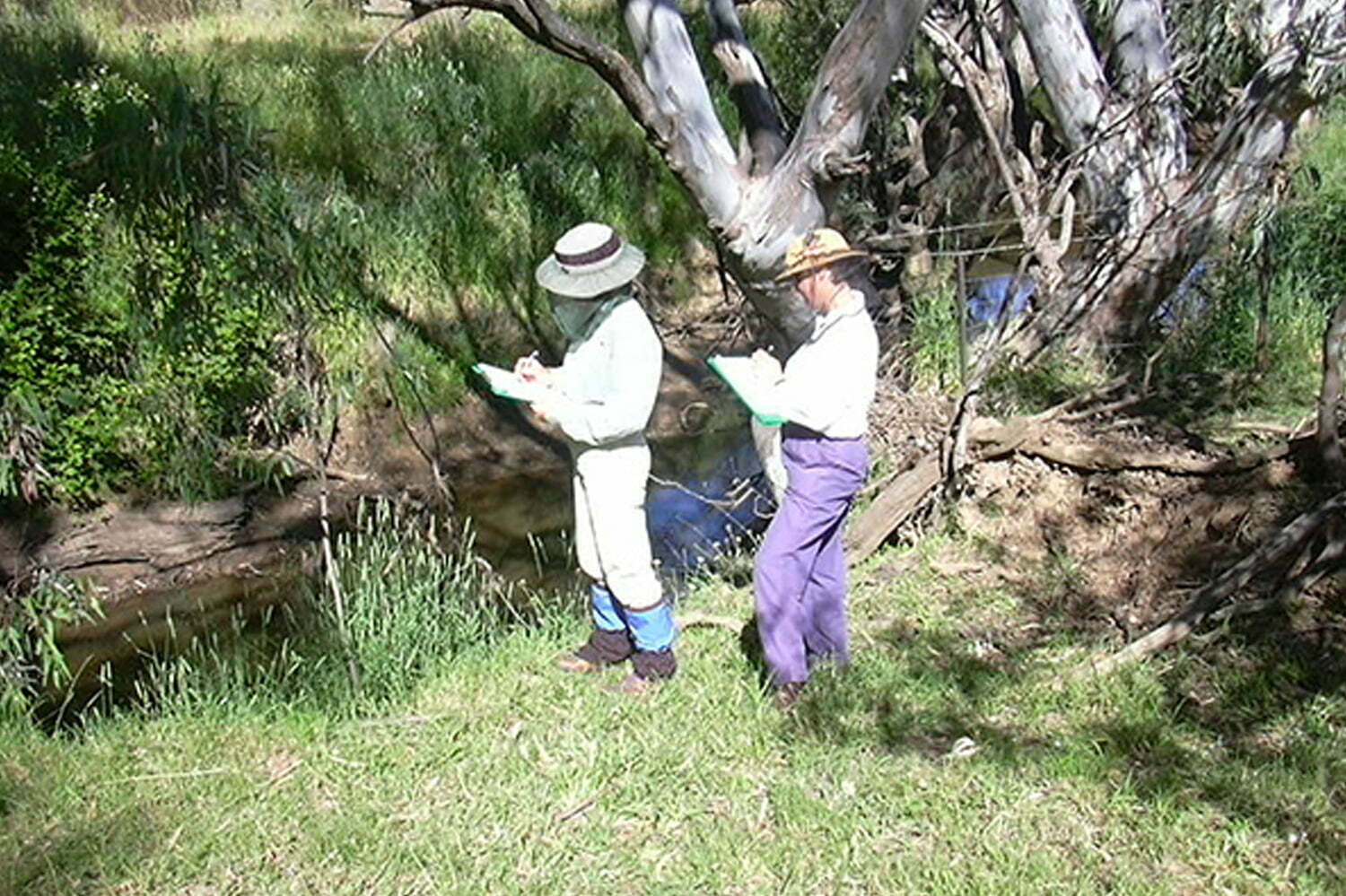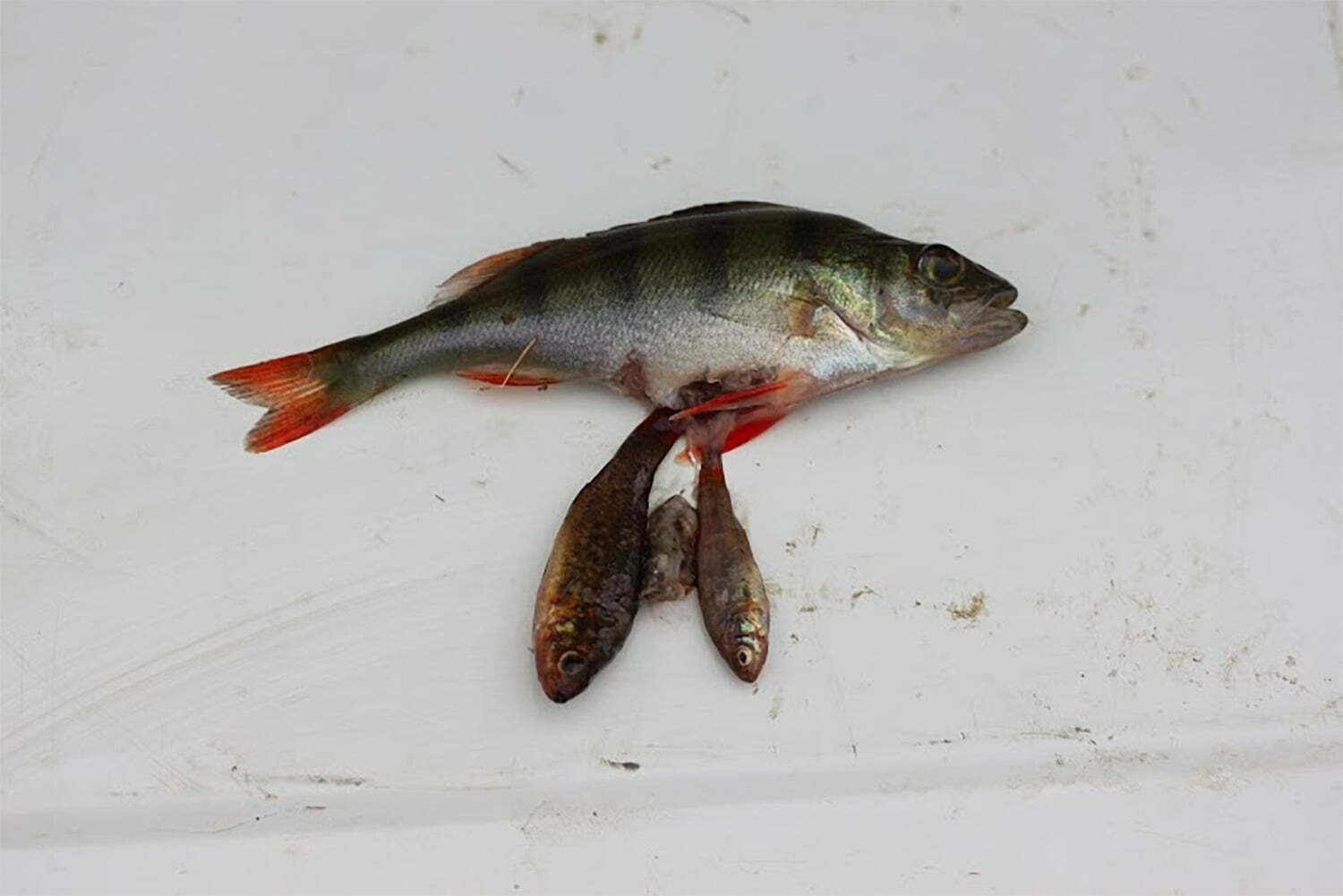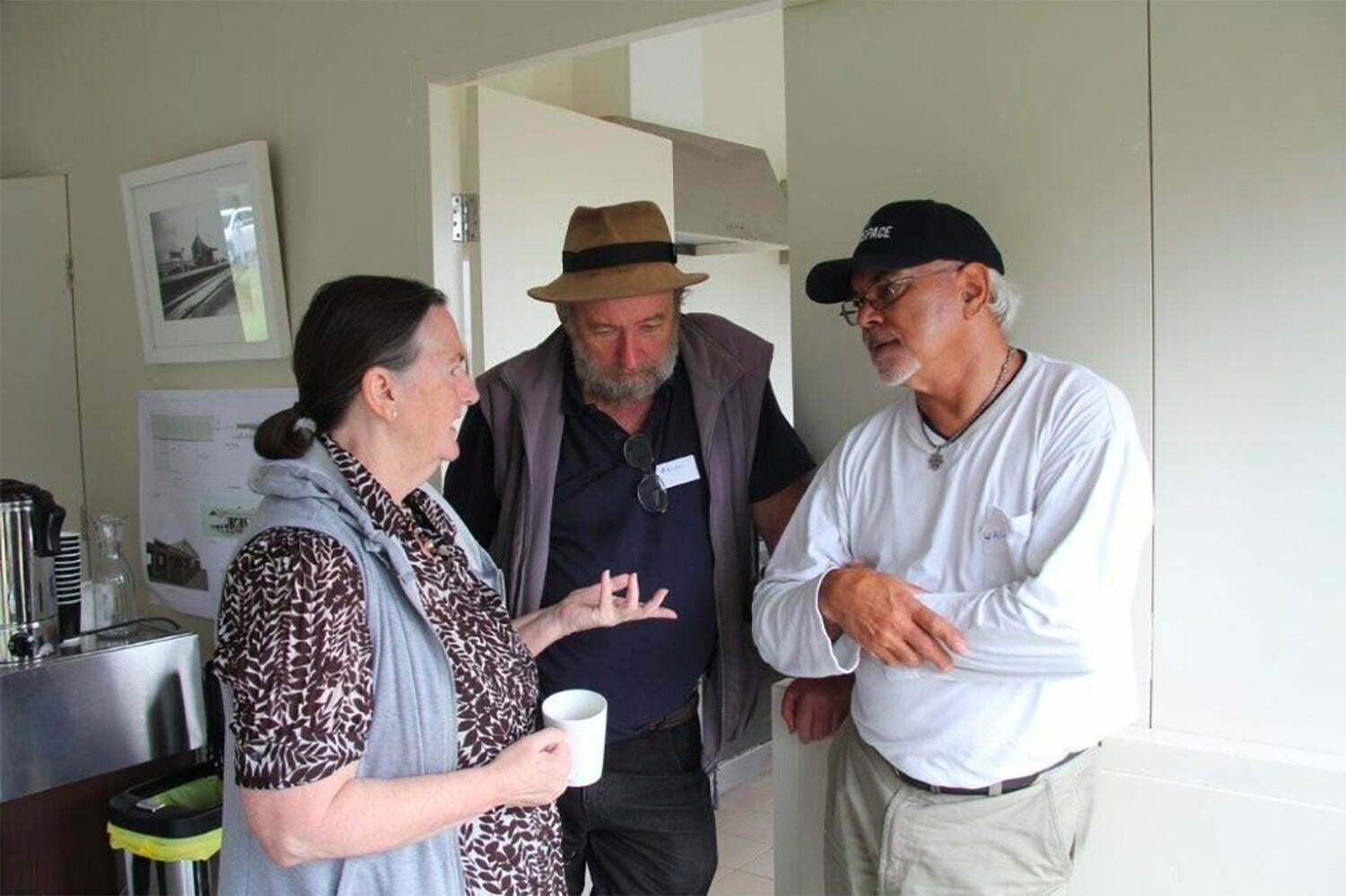
Monitoring, evaluation and learning (MEL) is an integral component of our Rivers of Carbon initiative. It is often said that ‘you cannot manage it if you cannot measure it’, and it is certainly difficult to be confident that management is effective if there is no supporting evidence. As well as helping to show whether management is achieving its objectives, MEL also provides a basis for adaptive management and continued improvement, and can assist in identifying priorities when we have to choose where to put our resources.
Evaluating Outputs
Rivers of Carbon is evaluating both outputs and outcomes. Our output evaluation is checking that we follow our agreed milestones, and focuses for example, on number of landholders involved, trees planted, fencing completed, time taken and funds expended to reach different stages of our projects. This type of evaluation is relatively straightforward and really is the minimum required for good project management. When you go to each of our project pages you will see the outputs displayed against key performance measures. We update these number every few months, and they are a useful way to assess how the project is tracking.
Evaluating Outcomes
To evaluate outcomes we measure social and biophysical change over time, for example, have we achieved less bank erosion, improved water quality, or connected two previously separate stands of remnant riparian vegetation? Are more landowners managing their riparian areas differently? We break our outcomes up into three areas – Riparian, Instream and Social.


